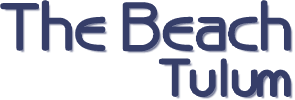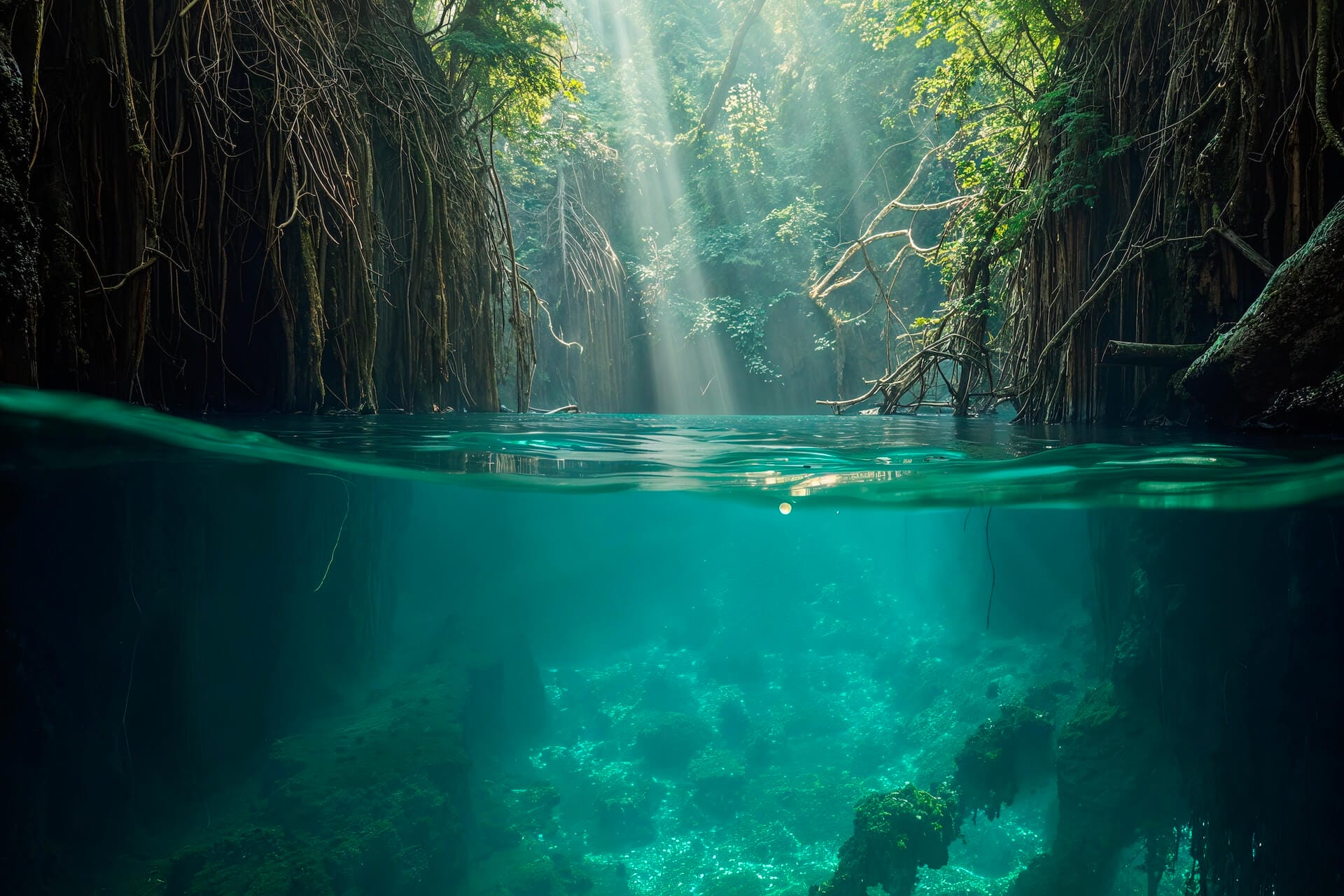Ox Bel Ha (Maya for Three Paths of Water) located just south of Tulum, Mexico, was discovered as the largest underwater cave on the planet in 2018.
Robert Schmittner, a German national living and loving Mexico since 1998, found in Tulum the perfect place to practice his real passion: underwater cave diving. Schmittner, the GAM (Great Maya Aquifer Project) Director of exploration, had been looking for this connection for 14 years while adding new mapped tunnels and galleries to this water labyrinth.
On January 10th 2018, Schmittner along with a team of professional divers, finally found the connection between two of the most extensive flooded cavern systems on Earth: Sac Aktún (Maya for White Cave System) and Dos Ojos (Spanish for Two Eyes), both located in Mexico’s Yucatán Peninsula, forming the world’s largest known flooded cave, with a length of 215 miles, proving that the two systems were actually one, discovering a Monster cave, the Mother of all underwater systems in the world.
Guillermo de Anda, a National Geographic explorer and director of the GAM describes the great importance of this amazing discovery: “This immense cave represents the most important submerged archaeological site in the world, since it has more than a hundred archaeological contexts, among which is evidence of the first settlers of America, as well as the extinct fauna and, of course, of the Maya culture”.
This area was dominated by Maya civilization before the Spanish conquest in the 16th Century. More than a 100 archaeological elements have been discovered. Perfectly preserved human remains were found as well as extinct fauna such as elephants, bears, tigers, ancient horses and giant sloth bears. Other artifacts like ceramics, jade beads, shells, stone tools and even Maya graves were also discovered.
Both above the ground and underground, this area boasts an exciting collection of natural fauna and flora; ranging from 103 species of mammals, 550 species of birds, 182 species of reptiles and amphibians (of which 14% are endemic), 800 plant species, 112 species of orchids and 38 stygobitic species (underwater invertebrates) of which 36 are crustacean and two are fish.
According to the Quintana Roo Speleological Survey, only on the North of this State, there are 358 underwater caves, which represent a sweet underwater system of approximately 869 miles long.
GAM now intends to connect Sac Aktún with three other underwater cave systems that are all in close proximity to each other in the area, hoping that all these discoveries and effort, will be preserved, protected and valued.
If you are interested in learning more about updates on significant surveys and exploration news, you can visit this website:
Quintana Roo’s Speleological Survey http://caves.org/project/qrss/qrlong.htm




